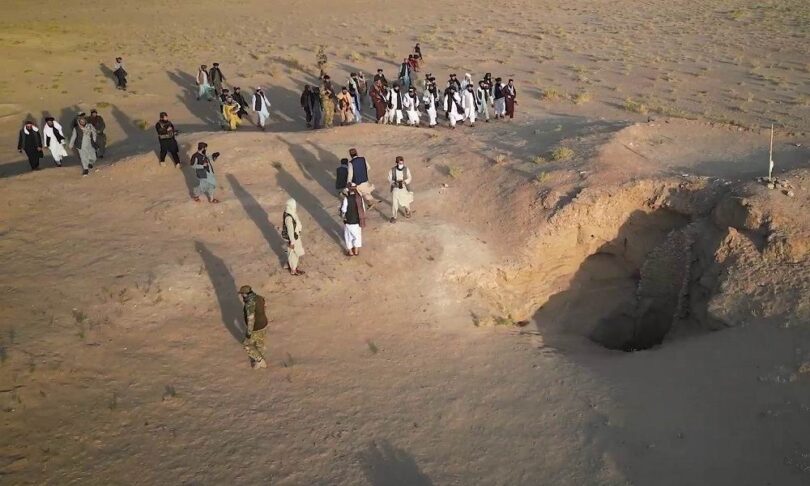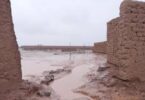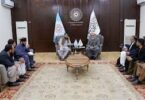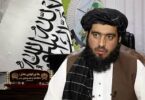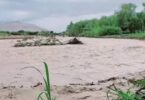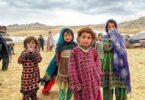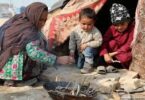JAWZJAN (Agencies): Minister of Interior Affairs Sirajuddin Haqqani visited Dasht-e-Leili in Jawzjan province, where a large number of prisoners of the Islamic Emirate of Afghanistan (IEA) were shot or suffocated to death in 2001.
Upon reaching there, Haqqani performed the noon prayer, recited the Holy Quran and prayed for the souls of those who were killed, the Interior Ministry said in a statement.
Haqqani said the “martyrs” of Dasht-e-Leili are the “nameless soldiers” of Islam who were killed in oppression. “This great caravan of the martyrs of Islam has only one name and that is ‘The martyrs of Dasht-e-Laili’,” Haqqani said.
“Their sacred blood took their murderers, humiliated and disgraced them. These murderers will be dealt with severely by the Almighty Allah; History will not forget these war crimes,” Haqqani said.
The local authorities of Jawzjan province announced plans to build a wall, a minaret, and a mosque at the site of the incident in order to “preserve the sanctity of the blood of the martyrs,” the Interior Ministry’s statement said.
Haqqani gave directives for its implementation and also provided financial assistance for this purpose.
The Dasht-e-Leili massacre occurred in December 2001 during the US invasion of Afghanistan when 250 to 2,000 IEA prisoners were shot or suffocated to death in metal shipping containers while being transferred by Junbish-e Milli soldiers under the supervision of forces loyal to General Rashid Dostum from Kunduz to Sheberghan prison in Afghanistan.
Some of the prisoners were survivors of the Battle of Qala-e-Jangi in Mazar-e-Sharif. In 2009, Dostum denied the accusations.
According to all sources, many of the prisoners died from suffocation inside the containers, and some witnesses claimed that those who survived were shot. The dead were buried in a mass grave.
The allegations have been investigated since 2002 by Physicians for Human Rights (PHR).
PHR conducted two forensic missions to the site under the auspices of the United Nations in 2002. In 2008, PHR reported that the grave had been tampered with.

